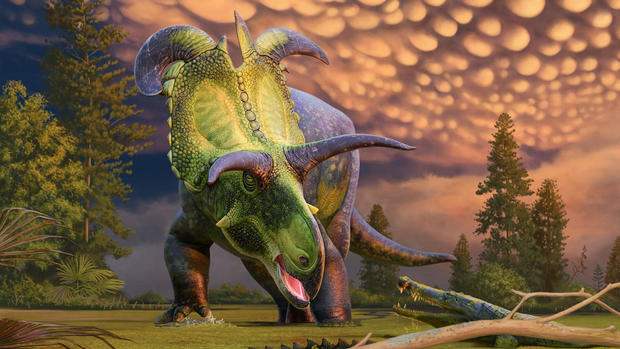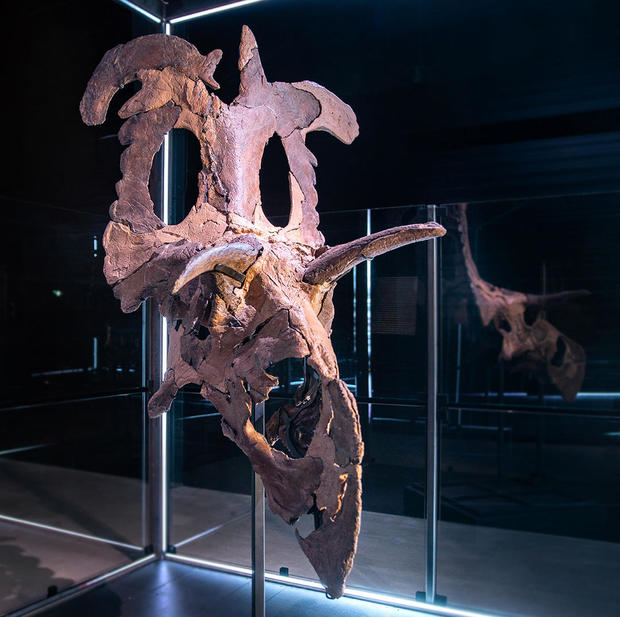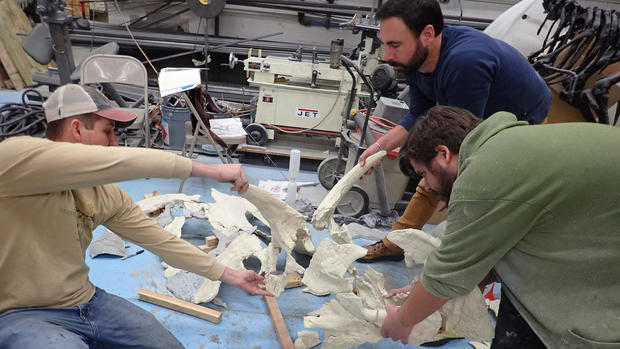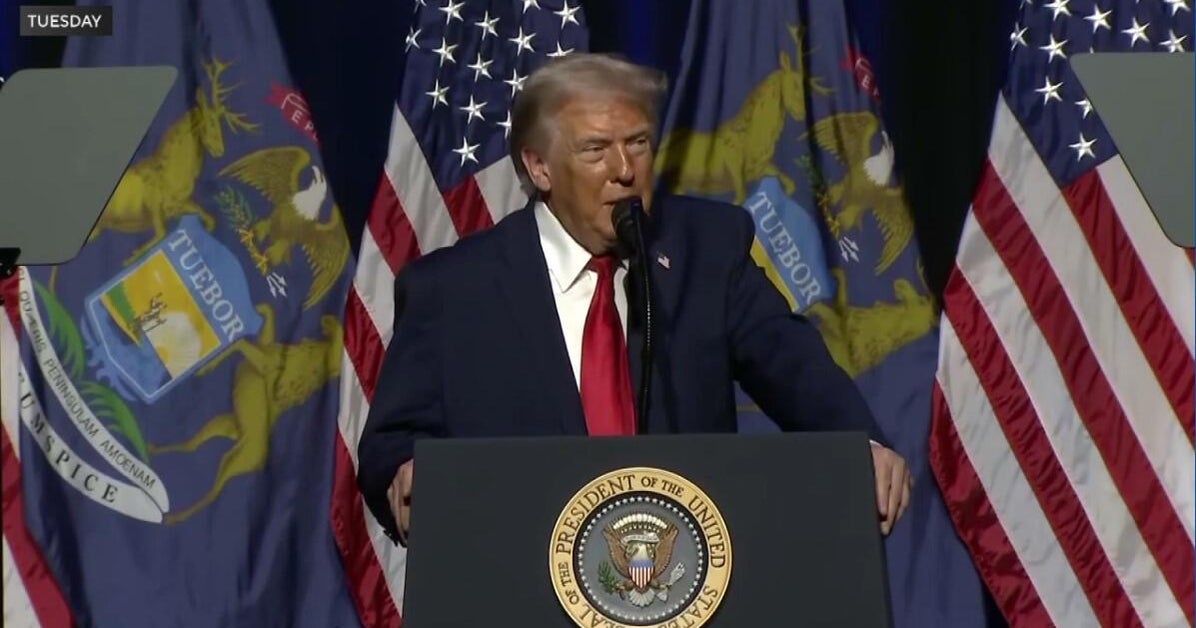Find out why the Lokiceratops, a new dinosaur, was named by experts from Colorado and Utah after a Norse god
A paleontologist from Colorado is one of two dinosaur experts who are announcing a new discovery this week. The dinosaur is called a Lokiceratops rangiformis, and there's a fun story behind the name.
The Lokiceratops dined on plants 78 million years ago. Its bones were discovered five years ago in northern Montana and have since been taken to a museum in Europe.
"It ended up in a museum, where it will be preserved forever so people can study it and enjoy visiting it," Colorado State University affiliate faculty member Joseph Sertich said in a prepared statement. A replica is also now on display at the Natural History Museum of Utah.
Sertich and University of Utah Professor Mark Loewen chose the name because the dinosaur had -- according to a Colorado State University news release on Thursday -- "unusual, curving blade-like horns on the back of its frill" and "asymmetrical horns at the peak of the frill." The frill was the section of bone at the back of of certain types of dinosaurs' skulls.
Some of the horns of the Lokiceratops somewhat resemble the ones sported by Loki, the Norse god who is popularly played by Tom Hiddleston in the Marvel Cinematic Universe. The Lokiceratops specimens are now at the Museum of Evolution in Denmark, and that was another inspiration for Sertich and Loewen for reason for choosing the Norse name.
"The dinosaur now has a permanent home in Denmark, so we went with a Norse god, and in the end, doesn't it just really look like Loki with the curving blades?" Loewen said.
The dinosaur is an ancestor of the triceratops and part of a group of horned dinosaurs called centrosaurines. Sertich and Loewen worked together on a team that pieced together the 22-foot-long Lokiceratops from bone fragments. They published their research in the scientific journal PeerJ. Sertich says the dinosaur likely used its "bizarre" horns to stand out from other similar dinosaurs.
"We think that the horns on these dinosaurs were analogous to what birds are doing with displays. They're using them either for mate selection or species recognition," he said.
In addition to teaching at CSU, Sertich was the curator of dinosaurs at the Denver Museum of Nature & Science for more than a decade. He grew up in Colorado and graduated from CSU with a degree in geology, biology and zoology 20 years ago. Since then he has named dozens of dinosaurs.










